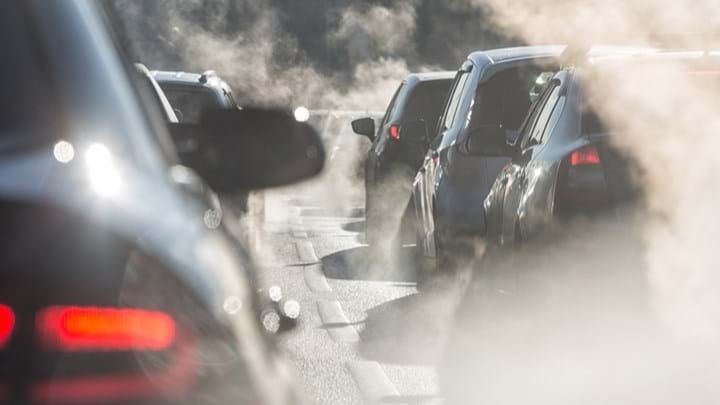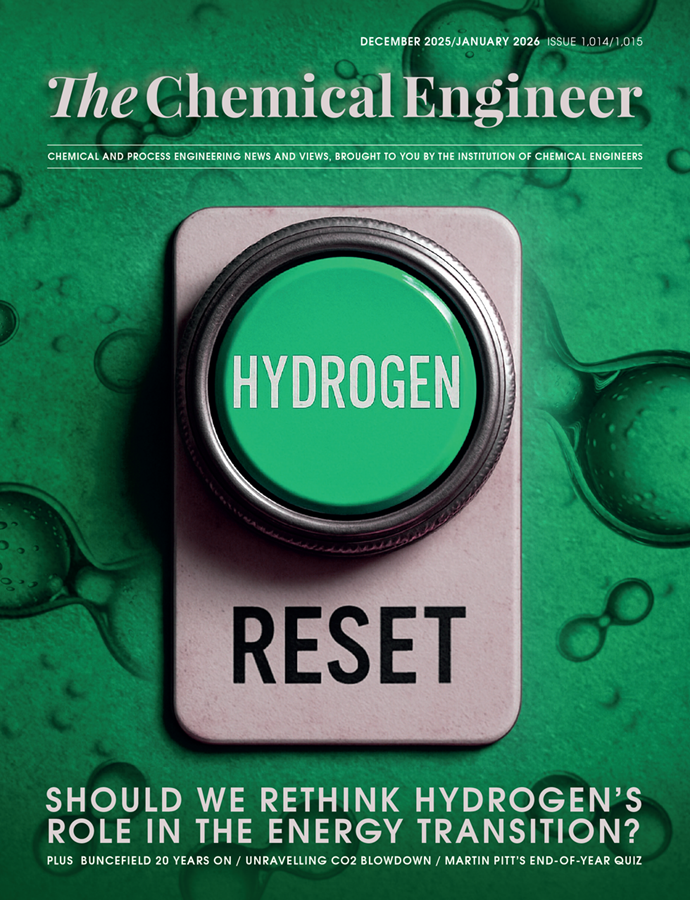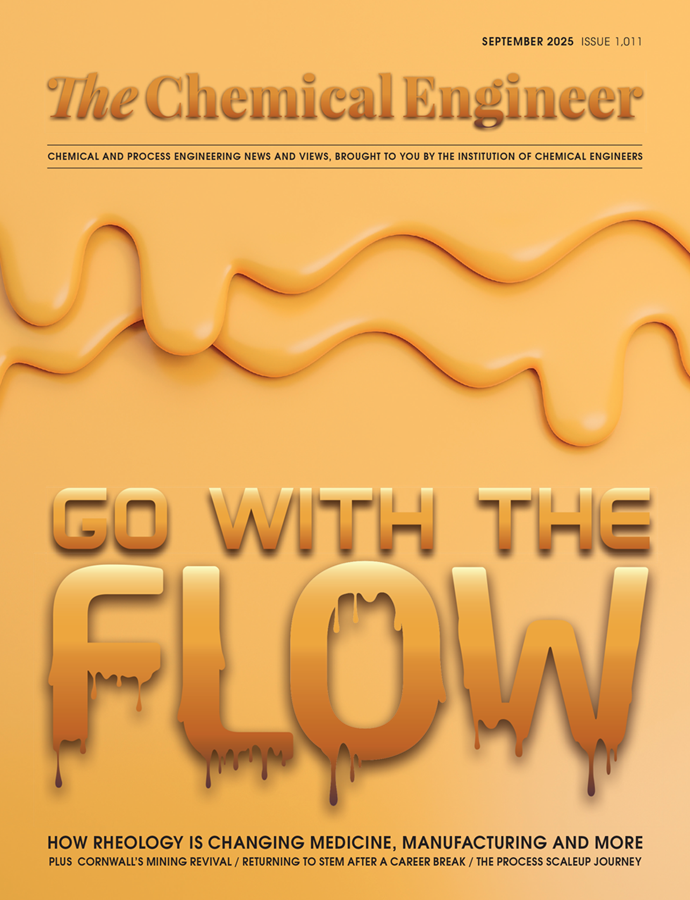Mazda unveils ‘mobile carbon capture’ system that could reduce tailpipe emissions

JAPANESE carmaker Mazda has unveiled a prototype exhaust system which it says could capture up to 20% of the tailpipe CO2 emissions from its internal combustion engine cars.
Speaking to reporters at the Japan Mobility Show in Tokyo this week, Mazda CFO Jeff Guyton said that testing of the prototype “mobile carbon capture” technology was “very promising”. Mazda is planning to demonstrate the new exhaust system at the Super Taikyu Series endurance race in Japan next month.
The new exhaust system contains a crystalline zeolite substrate that absorbs CO2 which is then stored in a small onboard tank. Guyton suggested that drivers could "exchange" the substrate each time they refuel and that the CO2 could then be recycled as a feedstock in other industries.
Mazda's ambition to develop technology to capture exhaust emissions points to a different approach to other manufacturers in their goals to decarbonise, as a number of other big names – including Citroen and Ford – have drawn up plans to completely phase out European sales of new internal combustion engine (ICE) cars by 2030 in favour of electrically-powered vehicles. This is driven by EU legislation that will prohibit the sale of new ICE cars from 2035.
Some carmakers are hopeful that the EU will make the legislation more flexible to allow for ICE cars to continue to be sold if alternative methods are developed to make them carbon-neutral. Introducing a new plug-in hybrid that will be fitted with their exhaust pipe carbon capture system, Mazda CEO Masahiro Moro told reporters at the Japan Mobility Show said the car was in keeping with the company’s vision for “2035 and beyond”.
In addition to the carbon capture technology, Mazda is also a proponent of synthetic fuels and in 2021 became the first car manufacturer to join the “eFuel Alliance”. Mazda is currently developing its own “carbon neutral” fuel produced by refining oil extracted from microalgae and has so far been able to produce 1 L of fuel from an 11,000 L culture tank in two weeks. Mazda says the oil-depleted microalgae could be used as a source of protein in food production or in organic fertiliser.
Moro said that when running on synthetic fuels, the new model with carbon capture would be carbon negative, saying drivers would be able to “reduce atmospheric CO2 the more it is driven”.
However, synthetic fuels have drawn concern from air quality campaigners. In 2021, tests commissioned by the European Federation for Transport and Environment found that engines burning synthetic fuels released higher levels of ammonia and carbon monoxide than conventional gasoline and similar levels of nitrous oxides.
Recent Editions
Catch up on the latest news, views and jobs from The Chemical Engineer. Below are the four latest issues. View a wider selection of the archive from within the Magazine section of this site.




